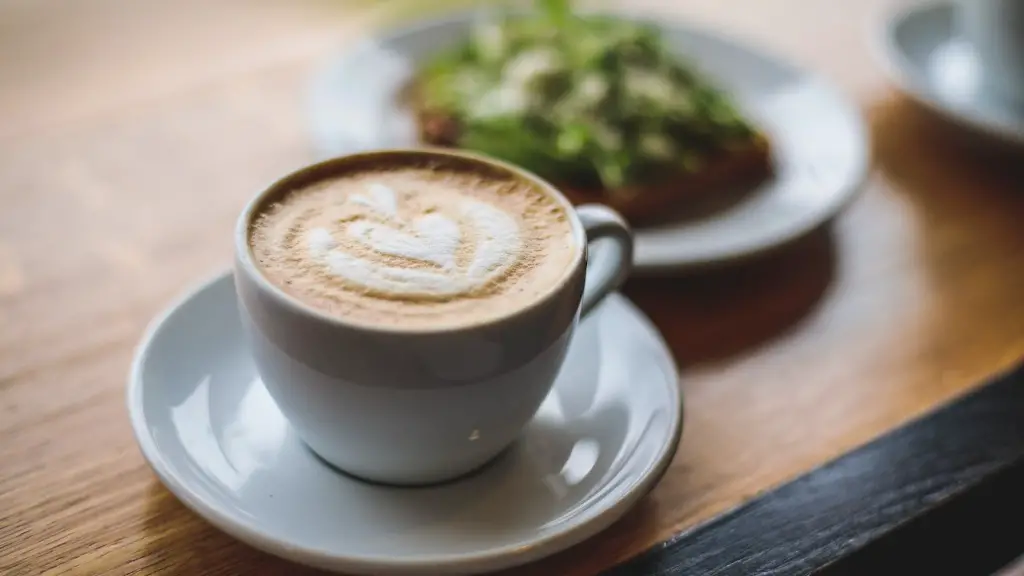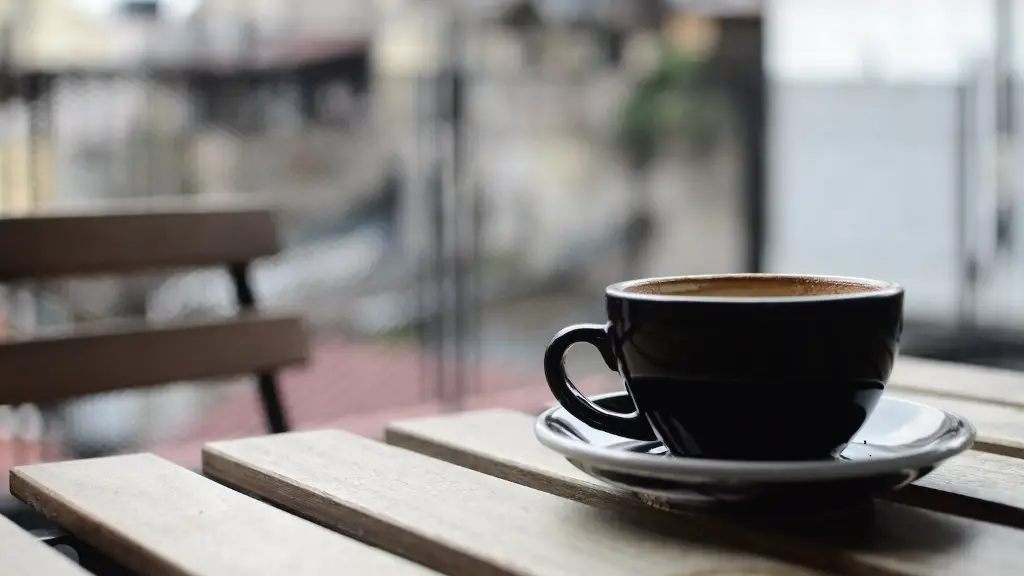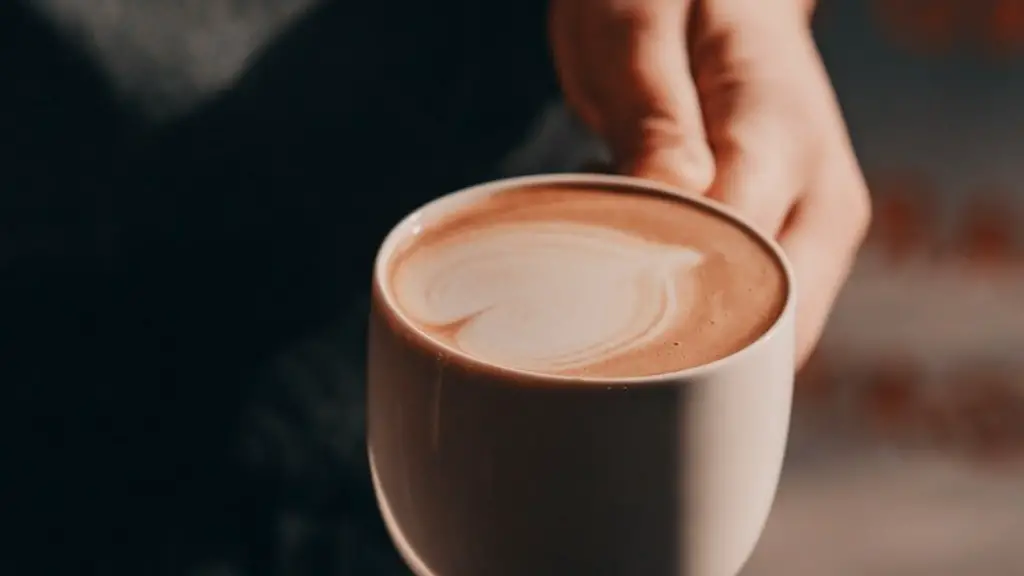Research
Most people want to know the caffeine content of Starbucks K-Cups before they enjoy their morning cup of joe. Caffeine is a beloved pick-me-up, but too much of a good thing is definitely not recommended. It can be challenging to keep track of caffeine levels when your coffee is coming from pre-portioned coffee pods. To answer the question, how much caffeine is in Starbucks K-Cups, we need to take a deeper look.
To start with, it’s worth knowing that all K-Cups contain no more than 200 milligrams of caffeine. The exact amount, however, depends on the type of K-Cup you choose. Starbucks has three different kinds of K-Cups: Blonde Roast, Espresso Roast, and Decaf. With the Blonde Roast, you can expect about 85-105 milligrams of caffeine per 8-ounce cup, depending on the strength of the brew. Meanwhile, Espresso Roast K-Cups can contain up to 150 milligrams of caffeine per cup, and Decaf K-Cups contain no more than 7 milligrams of caffeine.
Health Considerations
If you’re looking at how much caffeine is in Starbucks K-Cups, then there are a few other things you should consider, too. For starters, you want to be aware of the recommended maximum daily allowance of caffeine for adults, which is 400 milligrams. That means you’ll want to avoid drinking more than two of the Espresso Roast K-Cups in one day! Also, individuals with any kind of heart condition, high blood pressure, or other medical issues should talk to their doctor before drinking any caffeinated beverages.
Types of Caffeine
Not all caffeine is created equal. Depending on the type of coffee you’re drinking, your cup of joe can contain different types of caffeine. Starbucks K-Cups typically contain robusta coffee which is high in caffeine content. Robusta contains twice as much caffeine as arabica coffee beans, so it’s worth keeping in mind.
Brewing Effect on Caffeine Content
The caffeine content of your coffee also depends on how it’s brewed. The brewing method you use has a huge effect on the overall caffeine content. If you’re looking to drink coffee with a lower caffeine content, then it’s best to choose a longer brewing time.
For example, if you’re going to use a K-Cup for your coffee, then you should choose the slowest setting on the brewer. This will help to extract the least amount of caffeine from the beans and give you a smoother, lower-caffeine cup of coffee. On the other hand, if you’re looking for a strong, high-caffeine brew, then you should choose the fastest setting on the brewer.
Alternatives to K-Cups
If you want to monitor the caffeine levels in your coffee more closely, then you may want to look into using an alternative to K-Cups. For example, you could move away from pods and brew your own coffee using freshly-ground beans. This will allow you to control the strength of your brew and the amount of caffeine. You can also invest in a French press or a drip machine if you want to be able to make specialty coffee beverages.
Making Low Caffeine Choices
It can be tricky to monitor the amount of caffeine in your coffee. But you can make smarter decisions by paying attention to the type of K-Cup you buy, the strength setting of your brewer, and the brewing time. By keeping these things in mind, you can make lower-caffeine choices in your coffee with ease.
Brewing Techniques
Another way to control the amount of caffeine in your coffee is by brewing your own coffee with the right techniques. If you want to make a cup of coffee with less caffeine, then you should opt for a cold-brewing method. Cold-brewing extracts fewer oils and caffeine from the beans, so it will result in a lower-caffeine cup of coffee.
Different Roasters
It’s also worth considering the type of roaster you use when making coffee. It’s important to note that different roasters may produce different caffeine levels. For example, a light or medium-roast bean may contain less caffeine than a dark-roast or French-roast bean. So if you’re trying to keep caffeine levels low, then it may be worth investing in a different type of roaster.
Organic Coffee
Finally, if you’re looking for a low-caffeine option, then it may be worth investing in organic coffee. Organic coffee is free from chemicals and pesticides, and usually contains lower levels of caffeine than conventional coffee. So if you’re trying to keep the amount of caffeine in your coffee to a minimum, then organic coffee may be a good choice for you.


